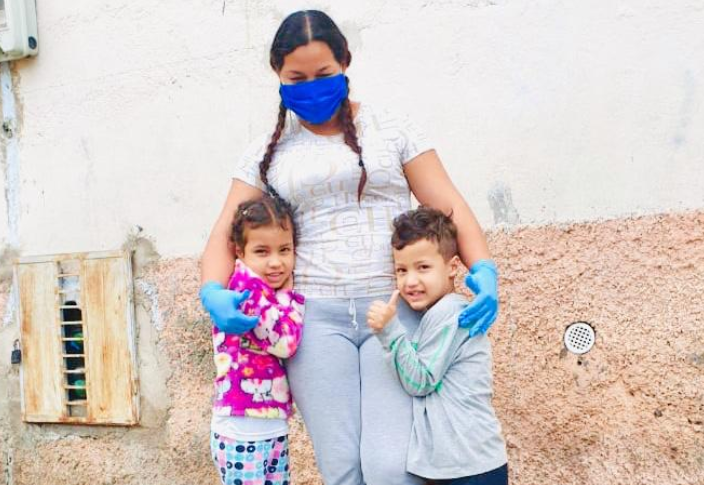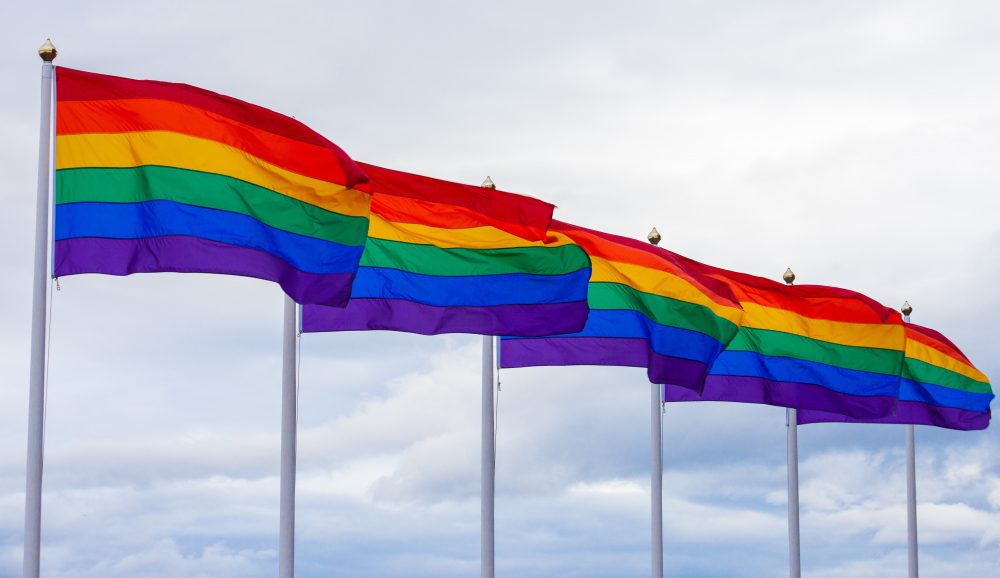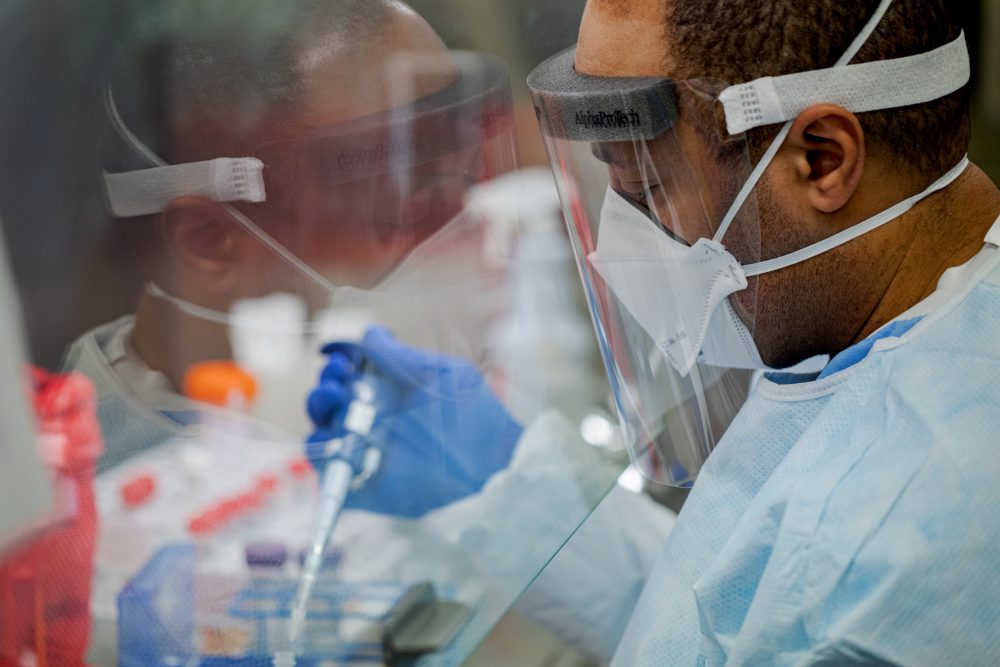Lasting Impacts of the Pandemic on Children and Older Adults
“Before the storm, I lived in a home. Now I just live in a house where people argue all the time.” These were the words that began a conversation with one of the most articulate fifth graders I have ever met. Our time together came after a tornado had devastated his community. His house was […]

“Before the storm, I lived in a home. Now I just live in a house where people argue all the time.” These were the words that began a conversation with one of the most articulate fifth graders I have ever met. Our time together came after a tornado had devastated his community. His house was not lost or damaged, but his family faced economic impacts from the disaster and the increased stress had turned many of the daily interactions into shouting matches. His primary caregivers, mom and grandma, were now so busy solving the new and emerging family concerns, he had taken over the caregiving responsibility for his younger siblings. He wanted to play video games, hang out with his friends and join the basketball team. He was angry and scared.
In many ways, the impact of COVID-19 on our communities and our children will mirror the effects of a natural disaster. The challenge we face today is that ALL our children are impacted, not just the ones who live in a specific geographical area. From past disasters, we know that when schools close, even temporarily, children face the loss of learning that may reach far into their future. For some, the loss of school or childcare means a decline in access to nutritious food and stable caregivers. The economy of the community depends on childcare accessibility and affordability; not having a school or childcare option for children means parents cannot go back to work at full capacity and as a result, businesses struggle. Socially and emotionally, disaster disrupts relationships and elevates stress levels in families. Instances of domestic violence and child abuse increase. Children often bear the brunt of disaster, as do older adults.
Age increases the risk for the physical impacts of COVID-19, and for older adults the other implications are also troubling. Those still living at home face increased isolation and separation from friends and family. Decreased access to nutritious, affordable food is a concern, as is the loss of retirement savings and self-sufficiency. Many older adults are facing a reduction or loss of in-home services (hospice, home-health, cleaning, meals, etc.) or out-home healthcare options (physical therapy, rehab, etc.). Or they face risk from exposure to the virus as these in-home services continue. Nursing homes and assisted living facilities have become places of considerable risk. In my community, one facility lost several members to COVID-19 and the local newspaper is sharing the history of those who are gone. They survived wars, previous pandemics, food shortages and economic depression. Within their stories, we can see that older adults have much to teach us about resilience and scrappy survival.
The impacts of COVID-19 on children and older adults in this phase of the disaster are overwhelming; the implications for years to come may be devastating. It is relatively “easy” to see the gaps in providing basic, emergency needs (food, water, sanitation) and much harder to understand and plan for meeting those needs hidden below the surface, including the need for emotional and spiritual support that will increase for children, older adults and their caregivers over time. To meet this need, we must exponentially increase the spiritual and emotional support offered to address these unseen impacts. Solutions must be both large: broadband and technology access for all, including childcare as critical infrastructure and comprehensive educational systems change. And small: making sure our older neighbors have groceries, writing letters to older adults in nursing homes and checking in and offering stress relief for parents and caregivers of the kiddos in our neighborhoods. Here are some ideas for what you can do.
- Support creative solutions to social interactions. Virtual and technology is not always the answer for children or older adults. We need to support creative solutions for in-person interactions that protect the safety of everyone.
- Ensure food and supply distribution goes the “last mile.” Many older adults and families cannot get to distribution centers. Prioritize inclusion and access to food and basic necessities for all.
- Assist the caregivers: parents, teachers, certified nursing assistants (CNAs), child-care workers, etc. Preserve or increase access to libraries, technology, sanitation supplies and mental health services.
- Advocate for systems changes. CNAs and early childhood educators need higher wages, healthier working environments and better training. Schools will need more social workers and teachers who are trauma-informed. I have highlighted a few issues facing the youngest and oldest among us. Please join us on Tuesday, June 9 at 2 p.m. ET for the next webinar, COVID-19: Grantmaking to Support Children and Older Adults. During the pandemic, and as we begin to recover, these two groups require our support, attention and care.
More like this

For equitable recovery from COVID-19, we can’t leave LGBTQ+ people behind

